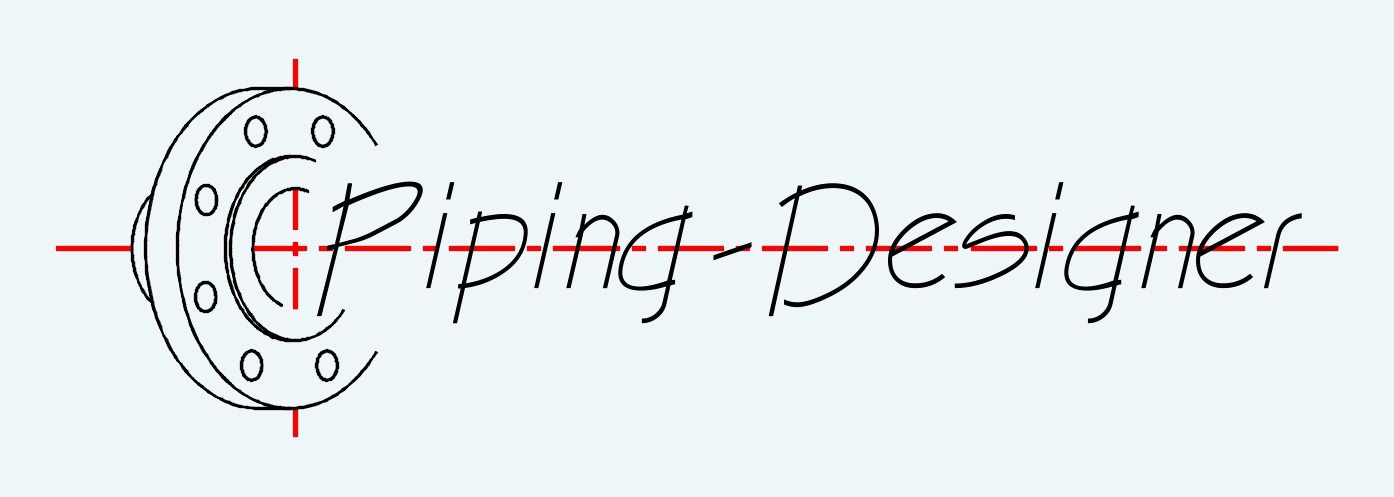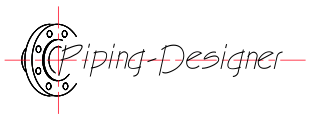Gas Cap Ratio
Gas Cap Ratio Formula
|
||
|
\( n_i \;=\; \dfrac{ G_c \cdot G_f }{ OIP \cdot B_o } \) (Gas Cap Ratio) \( G_c \;=\; \dfrac{ n_i \cdot OIP \cdot B_o }{ G_f } \) \( G_f \;=\; \dfrac{ n_i \cdot OIP \cdot B_o }{ G_c } \) \( OIP \;=\; \dfrac{ G_c \cdot G_f }{ n_i \cdot B_o } \) \( B_o \;=\; \dfrac{ G_c \cdot G_f }{ n_i \cdot OIP } \) |
||
| Symbol | English | Metric |
| \( n_i \) = Gas Cap Ratio | \(dimensionless\) | - |
| \( G_c \) = Initial Gas Cap Volume | \(ft^3 \;/\; bbl\) | - |
| \( G_f \) = Initial Gas Formation Volume Factor | \(ft^3 \;/\; bbl\) | - |
| \( OIP \) = Initial Oil in Place | \(bbl\) | - |
| \( B_o \) = Initial Oil Formation Volume Factor | \(bbl \;/\; STB\) | - |
Gas cap ratio, abbreviated as GCR, a dimensionless number, is a term used in the oil and gas industry to describe the relationship between the volume of gas in a reservoir's gas cap and the volume of oil in the underlying oil zone. It’s essentially a measure of how much gas sits above the oil in a reservoir compared to the oil itself. In a typical oil reservoir with a gas cap, the gas cap is a layer of free gas that forms above the oil due to differences in density, gas is lighter and migrates upward. The GCR is usually expressed as a ratio or fraction, calculated as the volume of gas in the gas cap (at reservoir conditions) divided by the volume of oil in the oil zone (also at reservoir conditions). For example, a GCR of 0.5 would mean there’s half as much gas volume as oil volume.
This ratio is important for reservoir management and production planning. A larger gas cap can provide natural pressure support to help push oil out during extraction (a process called gas cap drive), but if the GCR is too high, it might indicate less recoverable oil relative to gas, affecting the economics of the project. Engineers use this metric, along with other data, to optimize recovery strategies and predict reservoir behavior over time.

